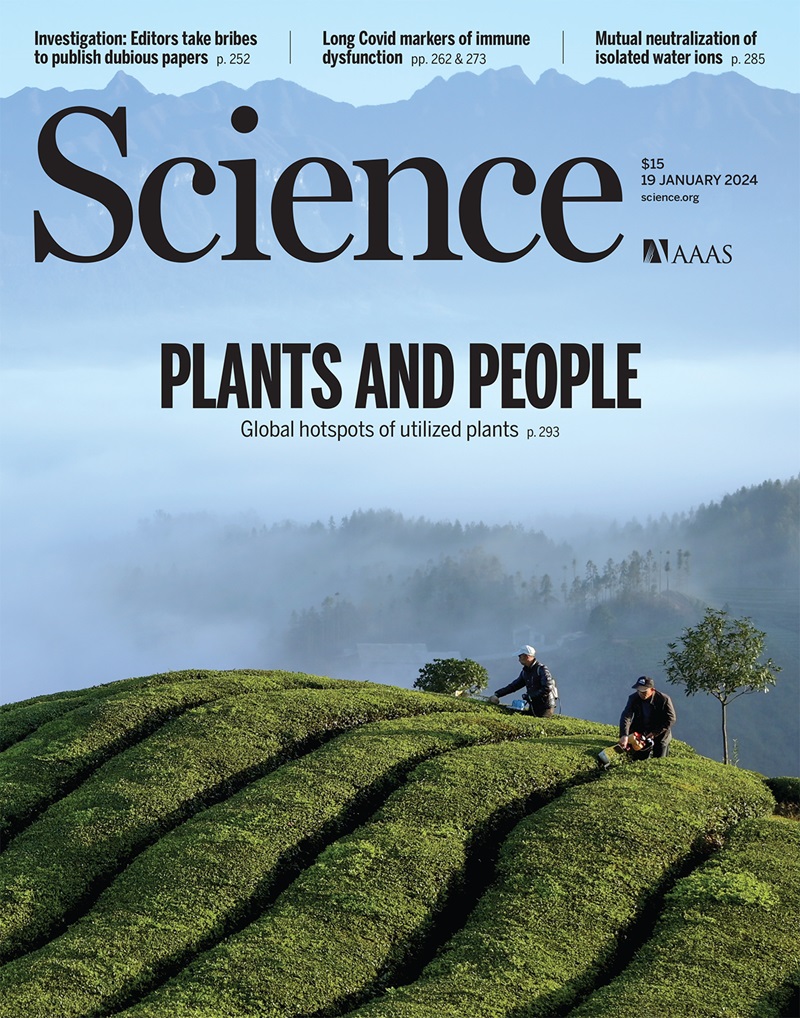Conserved brain-wide emergence of emotional response from sensory experience in humans and mice
IF 44.7
1区 综合性期刊
Q1 MULTIDISCIPLINARY SCIENCES
引用次数: 0
Abstract
Emotional responses to sensory experience are central to the human condition in health and disease. We hypothesized that principles governing the emergence of emotion from sensation might be discoverable through their conservation across the mammalian lineage. We therefore designed a cross-species neural activity screen, applicable to humans and mice, combining precise affective behavioral measurements, clinical medication administration, and brain-wide intracranial electrophysiology. This screen revealed conserved biphasic dynamics in which emotionally salient sensory signals are swiftly broadcast throughout the brain and followed by a characteristic persistent activity pattern. Medication-based interventions that selectively blocked persistent dynamics while preserving fast broadcast selectively inhibited emotional responses in humans and mice. Mammalian emotion appears to emerge as a specifically distributed neural context, driven by persistent dynamics and shaped by a global intrinsic timescale.
在人类和小鼠的感觉经验中保守的全脑情绪反应出现
对感官体验的情绪反应是人类健康和疾病状况的核心。我们假设,控制情感从感觉产生的原则可能会通过它们在哺乳动物谱系中的守恒而被发现。因此,我们设计了一种适用于人类和小鼠的跨物种神经活动筛选,结合了精确的情感行为测量、临床药物管理和全脑颅内电生理学。这个屏幕显示了保守的双相动态,其中情感上显著的感觉信号在整个大脑中迅速传播,随后是一个典型的持续活动模式。基于药物的干预选择性地阻断持续动态,同时保持快速传播,选择性地抑制人类和小鼠的情绪反应。哺乳动物的情绪似乎是作为一种特定的分布式神经环境出现的,受到持续动态的驱动,并受到全球内在时间尺度的影响。
本文章由计算机程序翻译,如有差异,请以英文原文为准。
求助全文
约1分钟内获得全文
求助全文
来源期刊

Science
综合性期刊-综合性期刊
CiteScore
61.10
自引率
0.90%
发文量
0
审稿时长
2.1 months
期刊介绍:
Science is a leading outlet for scientific news, commentary, and cutting-edge research. Through its print and online incarnations, Science reaches an estimated worldwide readership of more than one million. Science’s authorship is global too, and its articles consistently rank among the world's most cited research.
Science serves as a forum for discussion of important issues related to the advancement of science by publishing material on which a consensus has been reached as well as including the presentation of minority or conflicting points of view. Accordingly, all articles published in Science—including editorials, news and comment, and book reviews—are signed and reflect the individual views of the authors and not official points of view adopted by AAAS or the institutions with which the authors are affiliated.
Science seeks to publish those papers that are most influential in their fields or across fields and that will significantly advance scientific understanding. Selected papers should present novel and broadly important data, syntheses, or concepts. They should merit recognition by the wider scientific community and general public provided by publication in Science, beyond that provided by specialty journals. Science welcomes submissions from all fields of science and from any source. The editors are committed to the prompt evaluation and publication of submitted papers while upholding high standards that support reproducibility of published research. Science is published weekly; selected papers are published online ahead of print.
 求助内容:
求助内容: 应助结果提醒方式:
应助结果提醒方式:


